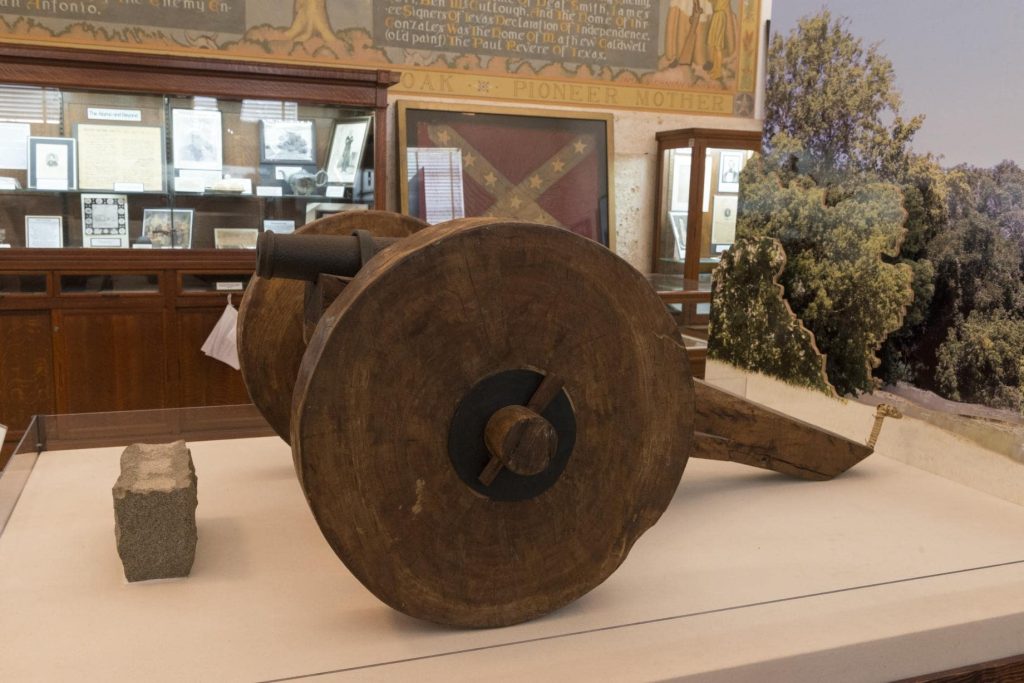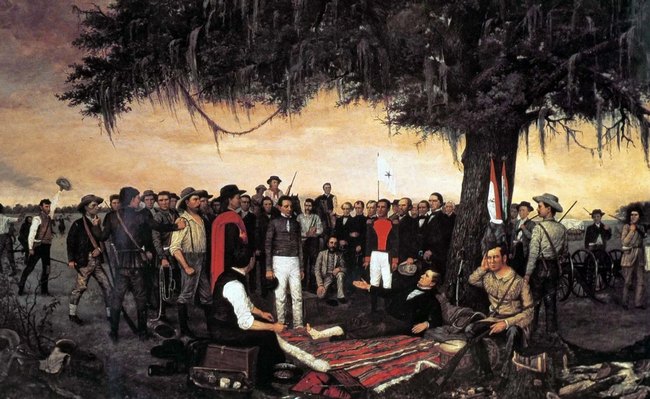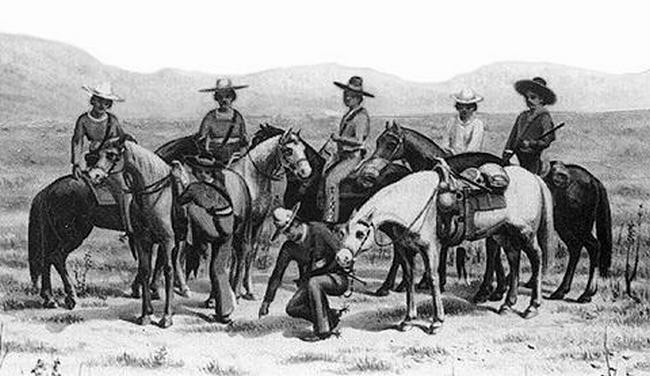
Texas history is a unique blend of different cultures and communities that have shaped the state’s identity over time. The Tejano community, which is a term used to refer to the people of Mexican descent born and raised in Texas, is an essential part of this cultural mosaic.
Introduction
The Tejano origins in Mexican Texas are fascinating and complex, shaped by historical events and social transformations that have unfolded over the centuries. In this article, we will explore the Tejano origins in Mexican Texas, starting with the Spanish colonial period and continuing up to the early 19th century.
The Spanish Colonial Period
The Tejano community has its roots in the Spanish colonial period, which lasted from the early 16th century to the early 19th century. During this time, Spanish explorers and settlers arrived in Texas, claiming it as part of the Spanish empire. They established settlements and missions throughout the region, bringing with them a distinctive culture and way of life.
Many of these settlers were of mixed Spanish and Native American ancestry, creating a new class of people known as mestizos.
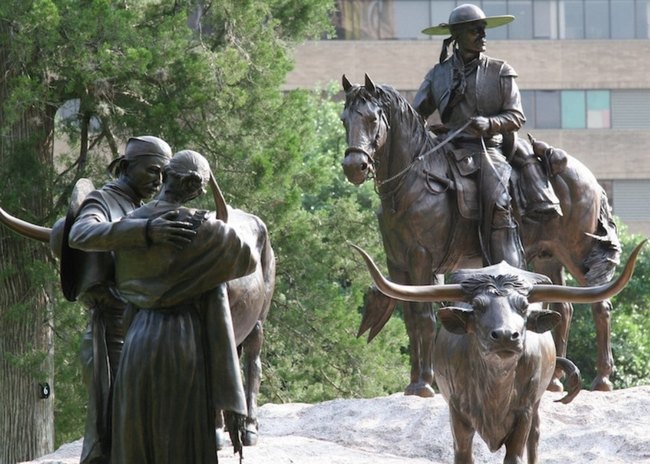
Source: www.texasstandard.org
The Mestizo Experience
The mestizo experience was central to the Tejano origins in Mexican Texas. Mestizos occupied a unique position in Spanish colonial society, serving as intermediaries between the Spanish colonizers and the indigenous people of the region. They often worked as interpreters, traders, and soldiers, forging close relationships with both groups. Over time, the mestizo population grew, as more Spanish settlers arrived in Texas and intermarried with Native Americans.
The Rise of Tejanos
By the late 18th century, the mestizo population had evolved into a distinct group known as Tejanos. Tejanos were people of Mexican descent born and raised in Texas, and they played an essential role in the region’s economy and society. Many Tejanos were ranchers, farmers, and traders, using their knowledge of the land and local culture to thrive in a challenging environment. They also formed close ties with indigenous communities, creating a rich cultural blend that is still evident in Texas today.
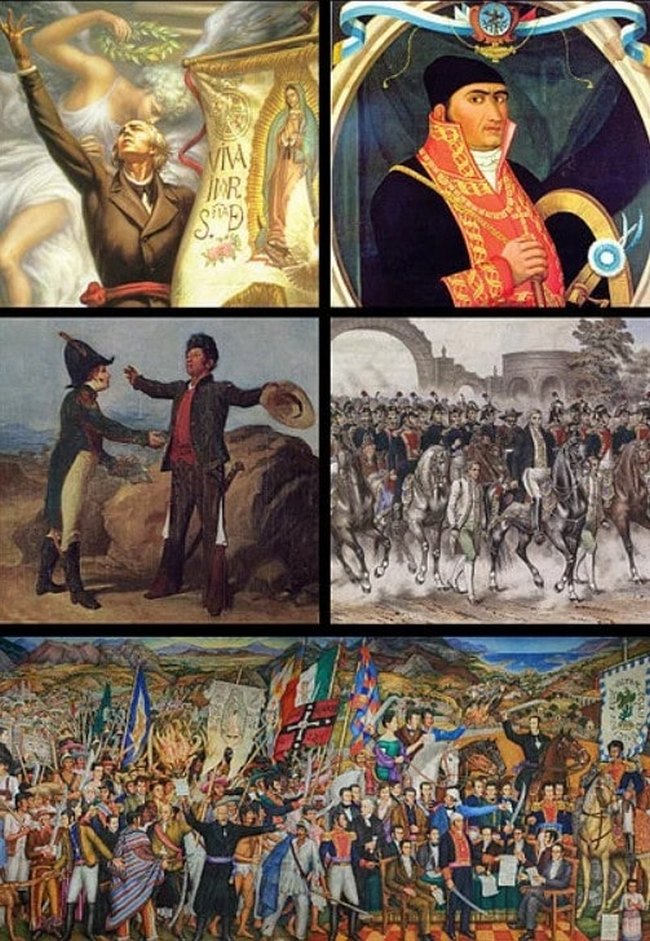
Source: www.newworldencyclopedia.org
The Mexican War of Independence
The Tejano community faced many challenges during the Mexican War of Independence (1810-1821), which was a conflict between Mexico and Spain that resulted in the establishment of the Mexican Republic. The war was particularly hard on Tejanos, who found themselves caught in the middle of the conflict. Some Tejanos supported the Mexican independence movement, seeing it as an opportunity to gain greater freedom and autonomy. Others remained loyal to the Spanish crown, fearing the instability and uncertainty that came with change.
The Texas Revolution
The Texas Revolution (1835-1836) was another pivotal moment in Tejano history. The revolution was a conflict between Texas settlers and the Mexican government, which had grown increasingly authoritarian and hostile towards American immigrants. Tejanos played a crucial role in the revolution, with many fighting on both sides of the conflict. Some Tejanos supported the Texas rebels, seeing them as allies in their struggle for greater autonomy and representation. Others remained loyal to the Mexican government, believing that Texas should remain part of Mexico.
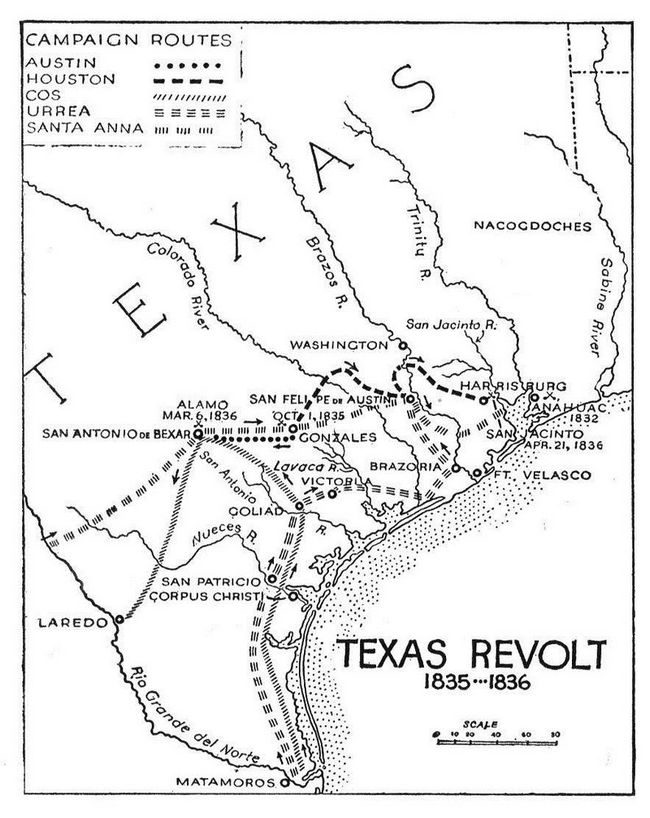
Source: en.wikipedia.org
The Impact of the Texas Revolution
The Texas Revolution had a profound impact on the Tejano community. After Texas won its independence from Mexico in 1836, many Tejanos found themselves marginalized and excluded from political power. The new Texan government was dominated by Anglo-Americans, who viewed Tejanos as inferior and unworthy of equal rights. As a result, many Tejanos migrated to Mexico, seeking refuge from the discrimination and persecution they faced in Texas.
